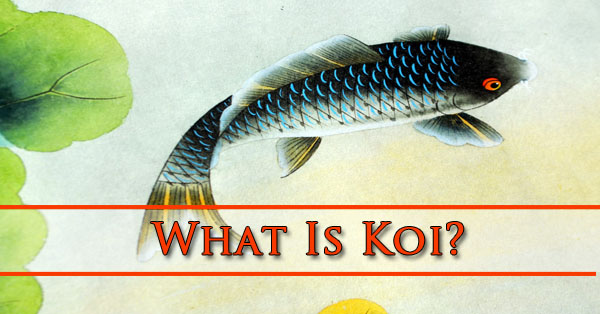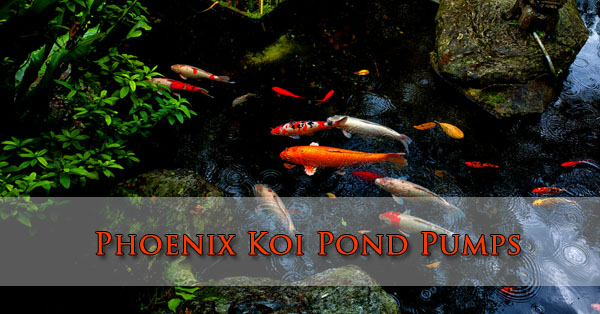
Are you a koi fish enthusiast, fan or keeper? It won’t matter if you’re just starting with koi or a seasoned breeder, they always have something else to learn. Below are some interesting facts about koi, such as female koi’s are not only rounder, but larger than male koi fish.
Heritage of Koi
It is thought that the koi fish originated within China, later being used by Japanese as a food source, which started to breed koi during the 1800’s for aesthetic appeal. Koi in their many beautiful varieties that we see today, are descendants of a black fish known as Magoi, better known as the common carp. They date back almost twenty five hundred years originating from Eastern Asia – in the Azov, Caspian, Aral and Black Seas – and from parts of China. Contrary to common belief Koi did not originate in Japan. Koi were brought to Japan with the invading Chinese approximately 200 BC.
Popularity Contest
The most popular koi fish in Japan is the Kohaku, which is a white and red koi, also known best as the koi you start with and the koi you end with. It is also the most popular in the U. S., as well as the Showa Sanke, and Taisho Sanke. Ogan Koi is more prominent even in inadequately filtered ponds because of their single color can be seen even in cloudy water.
Smarty Fish
When it comes to intelligence, the koi are rather smart. Similar to cats and dogs, a koi fish can be trained to eat from your hand, or some train koi to eat from their mouths. As koi are omnivores, they are known for eating pond plants. Some species of koi are also known to recognize their owners’ faces.
Body Works
A Koi fish is able to grow to great lengths, up to 3 feet in ideal living conditions, such as a pond. However, if a pond is not deep enough, they can get sunburnt, and they need plenty of shade. Females are bigger than males, and koi do not have teeth. Ogon Koi is also the most favored by breeders because it is known to have a longer lifespan than multicolored Koi.
The Great Mate
In the process of mating, it is common for koi to eat their recently hatched young, known as koi fry. It is important to separate the koi fish from the koi fry during mating season to ensure the fry is preserved. If breeders are raising koi that are highly sought, it can bring thousands of dollars per koi. For a prized koi, $250,000 is not unheard of. Koi, like many other types of fish, koi breed by spawning.
The Great, Great, Great Grandpa Koi
Most popular in Japan, the Kohaku is a variety of white koi with red patches.
The oldest known koi recorded was a legendary koi by the name of Hanako, which was hatched in 1751 and passed away in 1977, making it 226 years old. That means this koi survived through Industrial America, French Revolution, the United States formation, inventions of the automobile and electricity industries, World War I, World War II, and well into the Vietnam War. However, the average lifespan of koi is 30 to 40 years.
Showing Age
Although Hanako survived 226 years, the age of the koi could not be detected by the naked eye. The scales of a koi fish are covered by microscopic growth marks, similar to the rings on a tree. These marks indicate patterns of food shortage or rapid growth. Environmental factors also have a hand in how long your koi will live. In established koi ponds the quality of care is also a factor. The breed type may also determine lifespan.
Representations
Various virtues are symbolized by koi fish within Asian cultures. Koi are recognized as being symbols of endurance, perseverance, individualism and strength. In many cultures, tattoos representing koi are not uncommon, representing the overcoming of adversity. Koi are also associated with wealth and success. In Japan festivals are held for their positive qualities with family strength and development.
Rainbow of Ideals
As koi are able to develop a wide range of colors, there are no surprises that every hue developed connotation. Metallic koi symbolize business success. Gold koi represent prosperity and wealth. Blue koi represents serenity, while Asagi koi of red, blue and grey color represent positivity. Black koi are considered to have patriarchal symbolism, with blue belonging to the son, red to the mother, and pink to the daughter.
Do you know any interesting facts about koi fish you would like to share? Leave a comment or send us message using the contact form!

